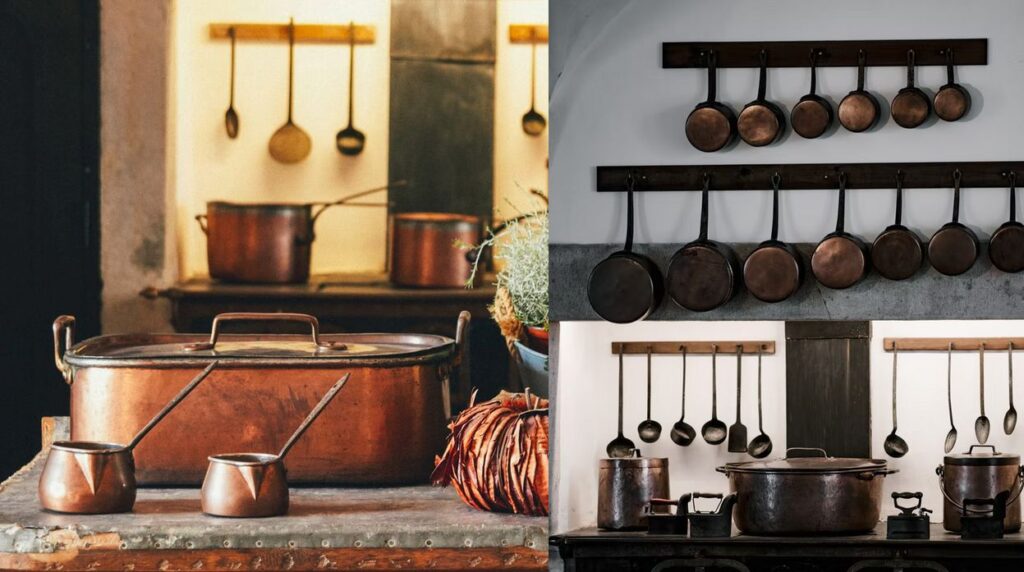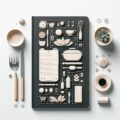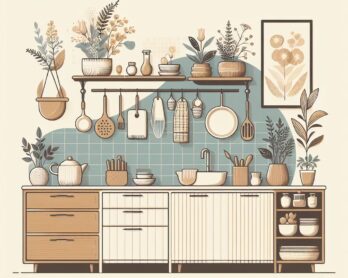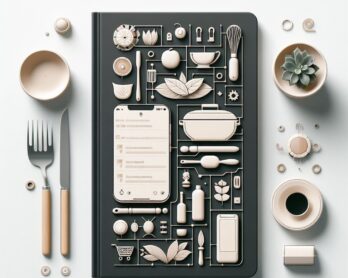The historical upheavals experienced in England during the 1600s, under the monarchy of Charles II, had a tremendous effect on the ordinary person’s domestic life. With the increasing affluence of the upper classes, which enabled them to spend more time and money on travel, recreation, and luxury goods, some of this way of living filtered down to the peasant classes revealing food from kitchens past.
Travelling and sampling different food
Changes in eating were due to the aristocrats being able to travel more instead of living throughout the year on their estates, some of which had huge acreage. Visits to the larger towns using the new-fangles coaches, and spending longer periods in London, Bath, and Winchester, changed their traditional way of eating and drinking. Furthermore meeting more cosmopolitan people and particularly allowing their families – particularly daughters – to acquire the current social graces.
During the 1620s, proclamations ordered the gentry to return to their estates to prevent the neglect of public duties, avoidance of tax and the heavy expenditure on foreign luxuries and expensive food had their effect. However, lavish entertainment flourished during the London Season for those able to afford it. As the ‘Great Wen’ continued to develop as the finest food market in the kingdom.
Basic food
Until this time, the country gentleman’s daily fare had been plain and simple. Largely based on home-produced game, meat and grain, boiled, baked or roasted as required. There began a demand for new delicacies, new flavours and new methods of cooker, borrowed from the French court.
In lesser households imitated dishes that appeared at court and proceed on down the social scale. Household recipe books are still extant showing some of the popular dishes of the time. Between 1600 and 1700 volumes of cookery books appeared almost every other year. The most popular of these often selling out. “The English Hus-wife – The Accomplish’d Lady’s Delight or the Genteel House-Keepers Pastime can be see in the British Library in London. Obviously, these were written with prosperous families in mind.
Cooking a la mode
By 1688, cooks in England’s great houses were becoming sophisticated and from old records. We see glossaries in recipe books which included a range of then newly introduced French terms, including:
A-la-Sauces: Sauce made after the German fashion or French Almaigne
A-la-Doode: is a French way of ordering a large chicken or leg of mutton
A-la-Mode is the then latest way of requesting the French way of dressing all manner of baked and boiled meat
Bouillon is a kind of broth or boiled meat made of several ingredients
Hash is a dish made of any kind of minced meat or in gobbets stewed in strong broth with spices and served up in a dish with sippets;
Hautgoust is a dish that has a high, strong taste, viz a Ho-goo
Salmagundi is an Italian dish (originally from France) made of cold turkey and other ingredients
The rise and fall of French cuisine
| Image sources |
|---|











